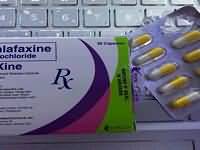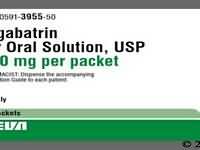Filgrastim

Filgrastim
CLINICAL USE
Recombinant human granulocyte-colony stimulating factor (rhG-CSF):Treatment of neutropeniaDOSE IN NORMAL RENAL FUNCTION
0.5–1.2 MU/kg/day according to indication and patient responsePHARMACOKINETICS
DOSE IN RENAL IMPAIRMENT
GFR (mL/MIN)
DOSE IN PATIENTS UNDERGOING RENAL REPLACEMENT THERAPIES
IMPORTANT DRUG INTERACTIONS
Potentially hazardous interactions with other drugsADMINISTRATION
Reconstition
–Route
IV, SCRate of Administration
IV: Over 30 minutes or continuous IV infusion over 24 hoursSC: Can give as continuous SC infusion over 24 hoursComments
IV: Dilute with glucose 5% ONLY; minimum concentration 0.2 MU per mL – add Human Serum Albumin if concentration is less than 1.5 MU per mLSC: Continuous infusion – dilute with 20 mL of glucose 5%Dilute Neupogen may be adsorbed to glass and plastic materials – follow recommendations for dilutionOTHER INFORMATION
One very small study (2–3 patients) concluded that body clearance of filgrastim was not affected by any degree of renal impairment
See how to identify renal failure stages according to GFR calculation
See how to diagnose irreversible renal disease
Home








